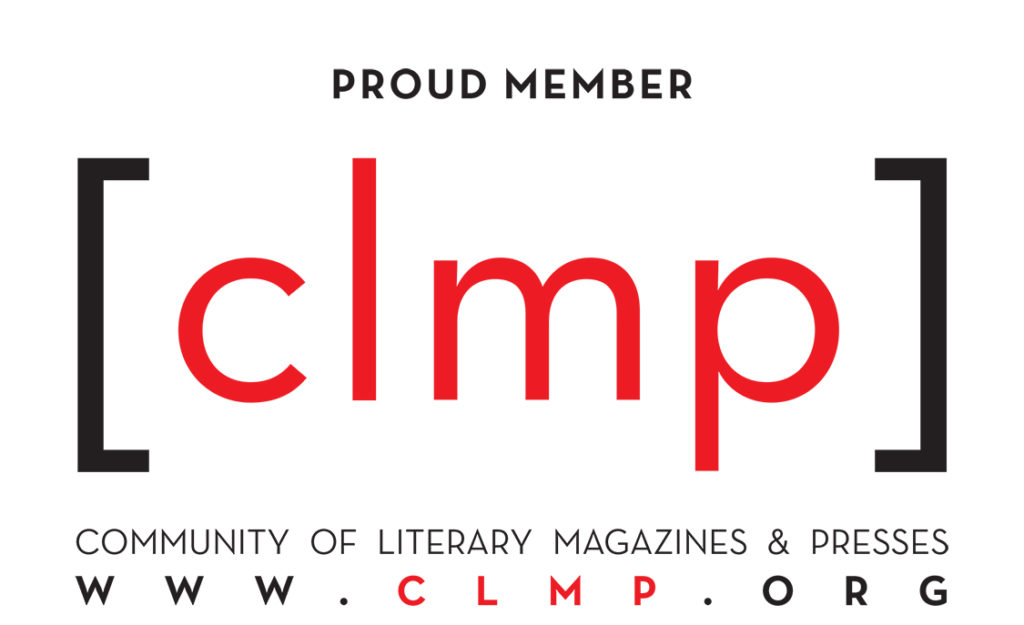Nonfiction by Anna Stolley Persky
When I was about five or six-years-old, I asked my mother for Barbie dolls. I also wanted the Barbie Dreamhouse, which had an elevator. My friend had several Barbie dolls and a Ken doll, along with the Dreamhouse, and we would spend hours dressing the dolls and sending them up and down the elevator, only to change their outfits again and send them back up and down the elevator. We had to hide the Barbies and Ken if my friend’s brother approached us because he would pop their heads off, but other than that, I found my Barbie time to be tranquil and wanted to replicate the experience at home.
It was the mid-1970’s, and my mother, who was just returning to work after having three children, was dabbling hard with feminism. Barbies, she said, did not represent our values. Barbie was a bad role model. Her body was unrealistic. Barbie, my mother said, was all about materialism. She cared only about her looks and fashion, maybe Ken.
My mother said she didn’t want me to become materialistic. She refused to buy me any Barbie dolls. I cried. My sister, five years older than me, comforted me, but didn’t relate at all. She had no interest in dolls of any kind, and also hated to dress up, which my mother made us do when we visited her side of the family. Sometimes my mother had the three of us wearing matching dresses embroidered with kittens. We even had matching brown tights.
But at Barbie she drew the line.
I kept asking for Barbie dolls. I longed to be handed a gorgeously attired Barbie with tiny high heels, still in her box, waiting for me to free her and undress her, then dress her again.
One afternoon my mother presented me with a garbage bag filled with naked hand-me-down Barbie dolls, their limbs tangled against each other, their hair knotted and matted.
“Here are your Barbie dolls,” my mother said. She then handed me a sewing kit. “If you want to dress them, you’ll have to learn to make their clothes.”
I didn’t touch them. I gave up on asking for Barbie dolls. I moved on to toys my mother wouldn’t find objectionable. But a simmering anger stayed with me. Even at that age, I knew that while my mother had made her point with dramatic flair, she had done so at my expense.
I grew up, went to college, then started applying to law schools. My mother asked me if I was sure I was smart enough to compete with all the young men in law school, and I remember thinking, ah there’s the mother I know, still one foot in and one foot out of the feminist movement.
After my first semester of law school, I flew from California to stay with my parents in their new house in Maryland. My mother led me on a tour around the house that she had decorated. We came to her study, and a giant glass-fronted cabinet filled with her latest hobby – collecting Barbie dolls. There were some traditional Barbies, dressed in pink or evening gowns, then one with roller skates, a cowgirl, a Barbie in a suit. Several of the dolls in her collection were from the 1970’s, some of them still pristine in their boxes. She’d also bought a tongue-in-cheek black market White Trash Barbie.
“You have to be f***ing kidding me, Mom,” I said, shaking, livid. “F***ing Barbies?”
My mother quickly reprimanded me, as she always did, for cursing. Then she asked me why I was so angry.
“You didn’t let me have Barbies, remember? They aren’t feminist.”
“I don’t remember that,” she said. “Or maybe I do. But that was a long time ago. See, they have career ones now.”
“Yeah,” I said. “I hate your dolls.”
My mother’s face crumpled. At that time, I loved to try and make my mother cry. If I succeeded, I felt happy and then overwhelmed with guilt. She started crying. I apologized, but for years, she couldn’t mention her Barbie collection without igniting in me a seething fury. Maybe she mentioned it to see if I would still get angry, and I responded in a sharp, spiteful way to see if she would still get upset. Maybe we needed to know that we were still connected enough to elicit emotion from each other.
My sister was unfazed by the Barbie collection. She told me in private they were ugly, but she didn’t care what our mother collected. She had plenty of leftover anger from our childhood and failing to meet our mother’s conflicted expectations, but none of them involved dolls.
“You were my real live baby doll,” my sister said to me years after our mother passed away. “Why would I want anything else?”
After about ten years, my mother sold off most of her Barbie collection, doll-by-doll. Each time I visited her, there would be a few less of them in the cabinet.
I inwardly celebrated their quiet disappearance. I said nothing to my mother for fear that my response would somehow change her mind, produce a rebellion against me, convince her to start collecting them again. It wasn’t long after that that I had my own babies, twins, to dress in matching outfits, but by then my mother was too weak to hold them.
Anna Stolley Persky, a lawyer and award-winning journalist, lives in Northern Virginia. She’s pursuing an MFA in Creative Writing at George Mason University. Her fiction has been published in Mystery Tribune and The Plentitudes. Her creative nonfiction has been published in Pithead Chapel.



